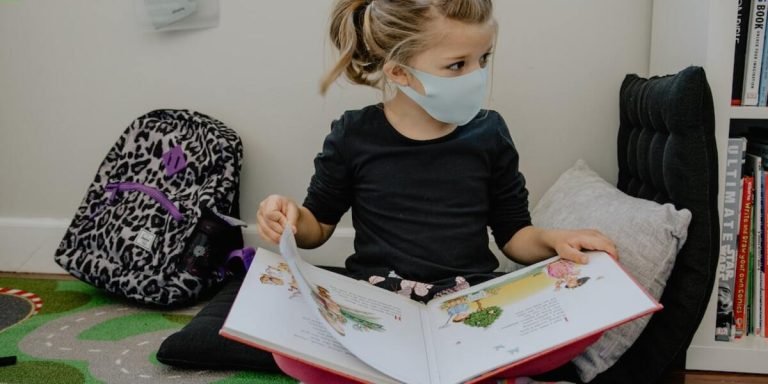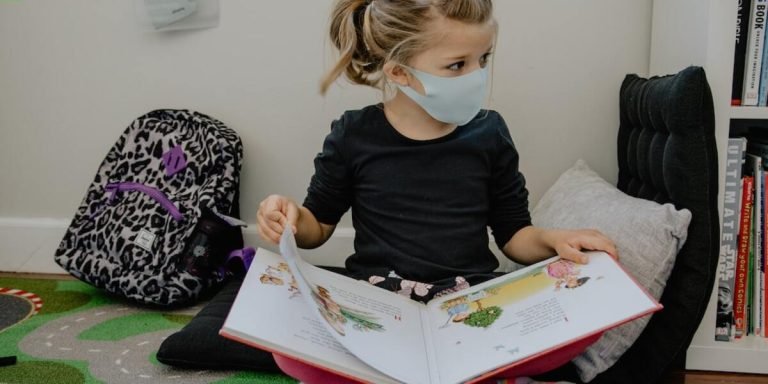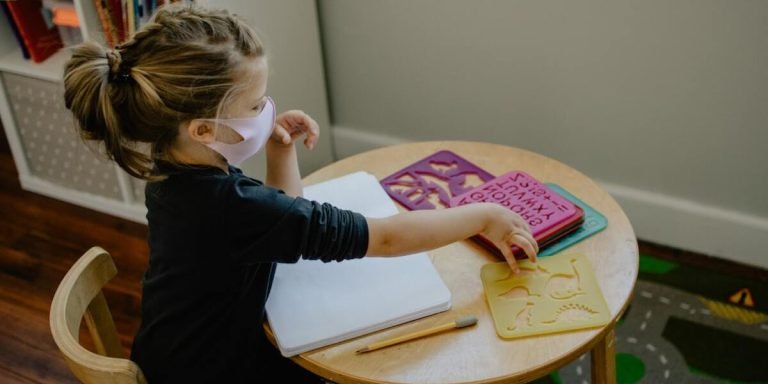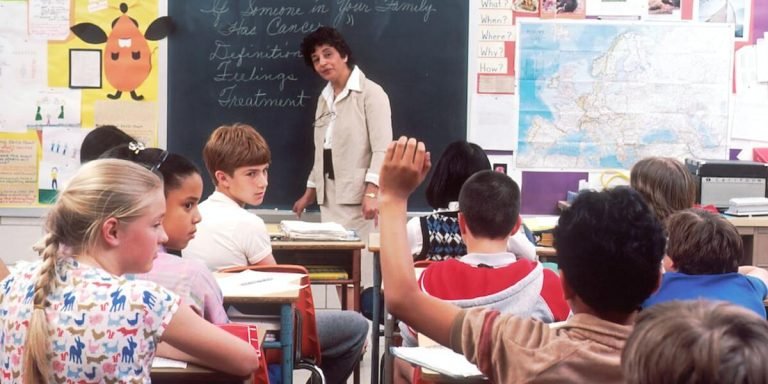Beginning Reading Worksheets: A Detailed Guide for First-time Educators
Understanding the importance of reading at an early age is crucial for every first-time educator. Priming young learners with beginning reading worksheets can serve as a valuable tool to kick-start their journey into literacy and education. These sheets, designed specifically for initial stages of learning, not only introduce kids to letters and words but also nurture their curiosity towards language in general.
However, employing these beginning reading worksheets effectively necessitates careful strategy and planning on part of educators. As beginners absorb information differently compared to older children or adults, it’s vital that these resources are used correctly which then helps build solid foundational skills in reading from elementary school onwards.
Did you know?
Did you know? According to the U.S Department of Education, children who are read to at home enjoy a substantial advantage over those who do not. This highlights the effectiveness of introducing reading worksheets early on in education.
Exploring the Building Blocks of Literacy: Beginning Reading Worksheets
Exploring the building blocks of literacy starts with basic, yet dynamic tools like beginning reading worksheets. In our digital age where technology is integrated seamlessly into education, these traditional resources are gaining a fresh lease on life. With an emphasis on elementary school learning, teachers and parents have started utilizing technologically advanced versions of such worksheets to bridge the gap between conventional and modern teaching methods.
Beginning reading worksheets in today’s tech-savvy era go beyond simple paper-and-pencil exercises—they’re customizable, interactive applications accessible across various devices. This adaptability makes them particularly useful for catering to diverse learning styles among young pupils—some children might find visual or auditory stimuli more engaging when working through their lessons at home or school.
These innovative adaptations don’t dilute the original purpose of beginning reading worksheets—to build foundational skills in phonics, comprehension and vocabulary—but rather enhance it by providing instant feedback about performance metrics via built-in analytical features; thus taking what was once passive page-flipping into active engagement that encourages self-correction amongst learners while fueling motivation levels during this critical stage of their educational journey.
Understanding Phonics and Sound Recognition
The journey towards literacy begins with the mastery of basic reading skills. One critical step on this road is understanding phonics and sound recognition, a process made easier through beginning reading worksheets designed specifically for early learners.
Phonics provides our little ones with the tools to decode words by correlating sounds to letters or groups of letters. It’s like giving them map markers that lead right into the heart of language learning territory, making it one key component in elementary school learning.
Beginning Reading Worksheets come as an effective tool here. These carefully crafted resources introduce children to letter-sound combinations gradually while keeping their interest piqued through vibrant visuals and engaging activities.
With today’s technological advancements, these worksheets are not just limited to traditional paper-pencil format anymore – much like other spheres in education where technology has been integrated wonderfully well. Digital platforms now offer interactive online versions which provide instant feedback – enabling young readers practice at their own pace until they gain confidence!
Sound recognition too plays an intricate role in shaping a child’s early reading experience. By associating specific sounds with corresponding letters or groups of letters within words, kids start building vocal memory stacks— essential ingredients needed for fluent speech production and comprehension later on! Again digital exercises have stepped up support providing audio-visual aids enhancing both exposure and recall!
Developing Early Vocabulary through Structured Practice
As the world evolves, so does our approach towards education. In this tech-driven age, technology has integrated itself seamlessly into elementary school learning. One area where its benefits are clearly apparent is in developing early vocabulary through structured practice.
Incorporating technology in childhood education isn’t just about using flashy gadgets; it’s about enhancing the acquisition of foundational skills like reading and writing for young learners. Beginning reading worksheets play a pivotal role at this stage, creating a platform on which children can learn more effectively and enjoyably.
But how exactly do beginning reading worksheets help?
Firstly, these digital or printable sheets introduce kids to new words regularly while reinforcing those they already know. Worksheets provide an organized format that presents words within meaningful contexts rather than isolated lists–a proven strategy for promoting word retention among young readers.
Secondly, making fun part of learning encourages continued participation from youngsters who would otherwise dread studying “another boring set of words.” Interactive beginning-reading worksheets often come with vibrant graphics portraying their characters and stories–elements that capture children’s interest instantly as they navigate through spelling exercises and picture-word matching activities.
Thirdly–and perhaps most importantly—beginning reading worksheets foster independent study habits from an early age by allowing pupils to work at their own pace without any pressure whatsoever emanating either from teachers or peers.
The Role of Visual Learning Aids in Elementary Education
In today’s digital age, the role of visual learning aids in elementary education has taken on new importance. With technology integration becoming an integral part of childhood education, beginning reading worksheets have evolved to incorporate more visual elements that stimulate learners’ interest and enhance their comprehension skills.
Visual learning aids play a vital role in assisting young children as they start their journey into literacy. Beginning reading worksheets are now often interactive, filled with images and colors, which help kids better grasp complex concepts through simple visuals. These materials allow students to engage directly with content rather than passively receive information from traditional text-based sources.
When implemented correctly within classroom instruction or home-learning environments, these visually engaging tools greatly improve student outcomes by catering to different types of learners – particularly those who learn best through seeing or interacting things visually.
Incorporating Sight Words into Daily Lessons
“Incorporating sight words into daily lessons is a crucial step in early childhood education, particularly with regard to beginning reading worksheets. In 2023, we’re finding that the integration of technology can make this process more efficient and engaging for children.
Sight words are those high-frequency terms which appear most frequently in written language. Teaching these directly help students become fluent readers faster as they don’t have to take time sounding out each word individually. When incorporated with technology, it brings a whole new dynamic approach to learning these essential words.
One way educators can integrate digital tools effectively is by using interactive online platforms which feature customizable activities centered around sight words recognition. Applications like ‘Storybird’ or ‘Starfall’, provide games containing different levels of difficulty appropriate for elementary school students from kindergarten up through fifth grade.
Another fun method involves integrating smartboards or tablets within classroom instruction where teachers can load specialized software applications focused on teaching sight words interactively alongside phonics rules simultaneously.
Enhancing Comprehension with Picture-Word Association Exercises
Incorporating picture-word association exercises into elementary school education has proven to yield dramatic improvements in the comprehension skills of students at this level. These visually stimulating activities assist children as they develop essential language and literacy capabilities, such as beginning reading worksheets.
The premise behind these exercises is simple: images related to specific words are presented alongside them, enabling learners to associate both elements while improving their understanding and retention. This learning model typically evokes a more profound engagement from youngsters due its interactive nature grounded in visual stimuli.
Picture-word association tasks represent an effective method that integrates technology within educational settings — part of a contemporary approach known popularly as EdTech or Educational Technology. With advancements surrounding internet technologies readily available for classroom implementation now more than ever, teachers can easily generate diverse sets of digital flashcards containing colorful pictures associated with corresponding textual information.
Students can interact with these digital cards via tablets or smartboards during class lessons and even on mobile devices if permitted outside traditional school hours—the integration capability truly making it possible 24/7! Such accessibility augments opportunities for constant reinforcement leading towards mastery over time—an aspect crucial in early stages like ‘beginning reading worksheets’.
Fostering a Love for Reading: Interactive Worksheets for Young Learners
In the age of digital literacy, it’s vital to incorporate technology into childhood education. One impactful way is through interactive worksheets for beginning readers. These tools not only foster a love for reading but also offer an exciting and engaging method to promote early literacy skills in young learners.
Beginning reading worksheets have transcended the typical paper-and-pencil concept with technological advancements in 2023, becoming more dynamic than ever before. They leverage innovative features like audio narrations, animated illustrations or even clickable elements that pronounce words upon interaction – all designed specifically keeping ‘Elementary School Learning’ at its core.
Integrating these resources plays a foundational role not just by adding novelty and enjoyment which holds children’s attention longer; they’re shaping future-ready kids equipped with essentials such as phonemic awareness , decoding abilities , vocabulary building and comprehension strategies . Let us thereby ensure we are each taking earnest strides towards creating lifelong lovers of literature – starting from their very first steps in schools!
Gamifying Letter Identification to Boost Engagement
In an era where technology is deeply embedded in our lives, integrating it into educational activities can make learning more engaging for youngsters. One such area of opportunity lies within the scope of beginning reading worksheets used to teach letter identification.
Gamification turns a mundane task into an exciting activity. By using game mechanics like rewards and challenges integrated with digital tools, elementary school learning becomes attractive to young minds while promoting favorable educational outcomes.
Leveraging interactive software that gamifies the process of identifying letters can be quite beneficial. As children navigate through visually vibrant virtual platforms filled with familiar elements from their favorite games or cartoons – they inadvertently learn how each letter looks, sounds, and forms words together.
Interactive worksheets come alive on tablets or computers as kids drag-and-drop puzzle pieces to form a alphabet ‘A’ or trace dotted lines shaping up ‘B’. Each successfully completed task showers them in rewarding animations while incorrect attempts are met by friendly corrections guiding them towards right answers rather than mere retrys helping reinforce correct recognition patterns early on.
Crafting Simple Sentences to Strengthen Basic Grammar Skills
When it comes to fostering a love for reading, interactive worksheets play an integral role especially in elementary school learning. Incorporating ‘beginning reading worksheets’ into the child’s regular study routine can make a significant difference.
One recommended strategy is crafting simple sentences to strengthen basic grammar skills. This approach focuses on using customized exercises that cater specifically to young learners. Children tend to learn faster when they are able to comprehend the task easily and when they’re engaged – which these straightforward and enjoyable assignments offer.
As we step further into 2023, technology continues its integration within childhood education practices more than ever before; traditional teaching methods are being reevaluated and digitized resources are becoming widely accepted tools of education.
Keeping this tech-forward trend in mind, digital beginning reading worksheets help children associate letters with sounds through colorful illustrations or engaging stories presented via interactive online platforms or downloaded PDFs. These kinds of activities work wonders as starting steps towards literacy while making sure understanding sentence structure and proper grammatical concepts come naturally as they progress over time.
An additional advantage is how adaptable such materials have proven themselves to be regardless of whether you’re homeschooling your child or keeping them productively occupied outside normal school hours at home. Downloadable content offers convenience unmatched by any other means – simply pick out some suitable tasks from reputable educational websites based on your learner’s current level, print them off (or use digitally), then watch their expertise grow!
Conclusion
As we draw the curtains on our detailed exploration of beginning reading worksheets, it’s clear that these invaluable tools form an integral part in any first-time educator’s toolkit. As potent catalysts for literacy development, they straddle both instruction and enjoyment effortlessly – a fun-filled approach to learning that keeps youngsters engaged yet intellectually stimulated.
In your journey as parents or educators kindling young minds’ love for knowledge, remember you’re never alone; our website is right here with you every step of the way! With abundant resources tailored towards childhood education and dedicated support channels for those who guide them through this pivotal stage in life – there are endless opportunities to learn and grow together. So take some time today to explore what more we have on offer because educating children is not just about teaching them but also continuously learning ourselves.







